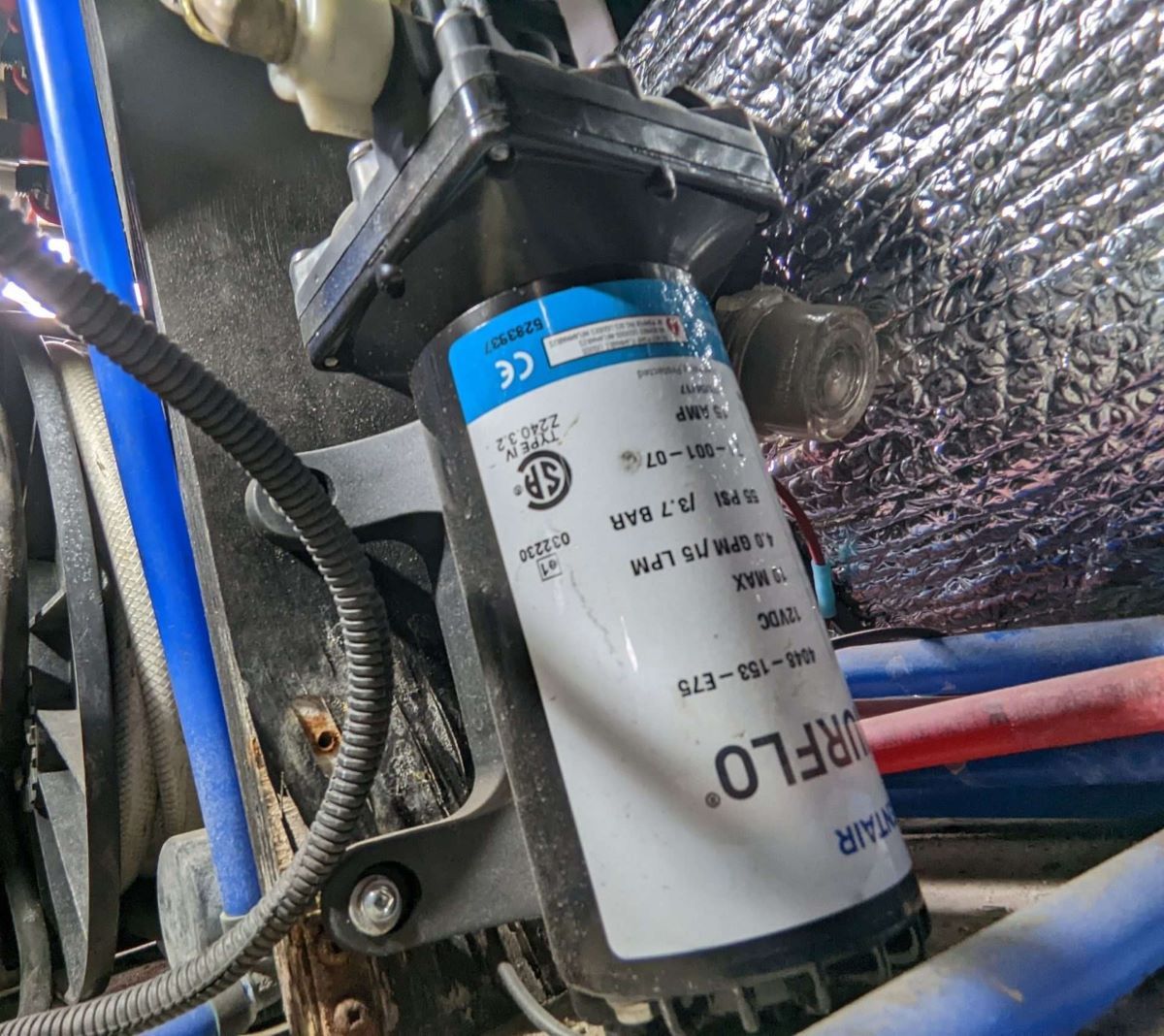

Articles
What Causes A Water Pump To Keep Running
Modified: January 19, 2024
Discover the common causes of a water pump continuously running and learn how to troubleshoot and fix the issue. Read our informative articles now!
(Many of the links in this article redirect to a specific reviewed product. Your purchase of these products through affiliate links helps to generate commission for Storables.com, at no extra cost. Learn more)
Introduction
A water pump is an essential component of any plumbing system, responsible for delivering a reliable supply of water to your home or building. However, there can be instances when a water pump keeps running continuously, even when it is not in use. This can be concerning and may lead to increased energy consumption as well as potential damage to the pump itself.
In order to address the issue of a water pump running continuously, it is important to understand the underlying causes. There can be various factors that contribute to this problem, ranging from incorrect pressure settings to electrical issues or even plumbing leaks. By identifying and troubleshooting the root cause, you can effectively resolve the issue and ensure the optimal performance of your water pump.
In this article, we will explore the common causes behind a water pump running continuously and provide you with some troubleshooting tips to help you resolve the issue. Whether you are a homeowner or a building manager, this information will be invaluable in maintaining the efficiency and functionality of your water pump.
Key Takeaways:
- Troubleshoot a continuously running water pump by checking pressure settings, inspecting the pressure tank, and addressing electrical issues to ensure efficient plumbing system operation and prevent energy wastage.
- Identify and repair leaking plumbing fixtures, replace faulty check valves, and manage high water demand to resolve a continuously running water pump issue and conserve water resources.
Read more: What Causes A Water Pump To Go Bad
Understanding the Water Pump
Before delving into the causes of a continuously running water pump, it is important to have a basic understanding of how the pump works. A water pump is designed to create pressure in a plumbing system, allowing water to flow from a water source to various fixtures and appliances.
There are two main types of water pumps: centrifugal pumps and positive displacement pumps. Centrifugal pumps are commonly used in residential and commercial applications, as they are efficient and reliable. These pumps use an impeller to create centrifugal force, which pushes the water through the pump and into the plumbing system. Positive displacement pumps, on the other hand, work by trapping and then releasing a fixed amount of water with each rotation. These pumps are often used in industrial settings where a consistent flow of water is required.
In a typical plumbing system, the water pump is connected to a pressure tank. The pressure tank stores a certain amount of pressurized water, which allows for consistent water flow even when the pump is not actively running. When a plumbing fixture or appliance is turned on, the drop in pressure triggers the pump to start, replenishing the pressure in the system.
Now that we have a basic understanding of how a water pump operates, let’s explore the common causes behind a water pump running continuously.
Common Causes of a Water Pump Running Continuously
There can be several reasons why a water pump keeps running continuously, even when it is not in use. Here are some of the most common causes:
- Incorrect Pressure Settings: The pressure settings on the pump may not be correctly adjusted. If the cut-on and cut-off pressure settings are set too close together, the pump may continuously turn on and off rapidly, causing it to run continuously. It is important to ensure that the pressure settings are properly calibrated to avoid this issue.
- Malfunctioning Pressure Switch: The pressure switch is responsible for controlling the operation of the water pump. If the pressure switch is faulty or worn out, it may fail to properly regulate the pressure in the plumbing system. As a result, the pump may run continuously in an attempt to maintain the desired pressure.
- Waterlogged Pressure Tank: A waterlogged pressure tank can also cause a water pump to continuously run. Over time, the air bladder inside the pressure tank may become filled with water, reducing its ability to hold air and maintain proper pressure. This can lead to the pump running continuously as it struggles to compensate for the lack of air in the tank.
- Leaking Plumbing Fixtures: If there are any leaks in the plumbing system, such as dripping faucets or running toilets, the pump may continuously run in an attempt to compensate for the lost water. It is important to check for and repair any leaks to ensure the proper functioning of the water pump.
- Faulty Check Valve: The check valve is responsible for preventing water from flowing back into the well or water source when the pump is not running. If the check valve is faulty or stuck open, water can flow back into the system, causing the pump to run continuously. Inspecting and replacing a faulty check valve can help resolve this issue.
- Defective Float Switch: Some water pumps, particularly those used in sump pump systems, have a float switch that controls the operation of the pump. If the float switch is defective or obstructed, it may not properly activate or deactivate the pump, causing it to run continuously.
- Electrical Problems: Electrical issues, such as a faulty wiring connection or a tripped circuit breaker, can also cause a water pump to continuously run. It is important to inspect the electrical components of the pump and address any wiring or circuitry problems.
- High Demand for Water: If there is a high demand for water in your plumbing system, the pump may run continuously in order to meet that demand. This can happen if there are multiple fixtures or appliances running simultaneously, or if there are irrigation systems or water-intensive processes in place.
These are just a few of the common causes behind a water pump running continuously. Identifying the specific cause in your situation is crucial for troubleshooting and resolving the issue. In the following section, we will provide some tips on how to troubleshoot a constantly running water pump.
Incorrect Pressure Settings
One of the potential causes of a water pump running continuously is incorrect pressure settings. The cut-on and cut-off pressure settings on the pump need to be properly calibrated in order to maintain the desired pressure in the plumbing system.
If the cut-on pressure setting is too low, the pump may start too frequently and run continuously. On the other hand, if the cut-off pressure setting is set too high, the pump may not shut off at the appropriate pressure, causing it to continue running unnecessarily.
To check and adjust the pressure settings, you will need to access the pressure switch on the pump. The pressure switch is usually located near the pressure tank and has adjustment screws or dials to modify the settings.
Start by turning off the power to the water pump to ensure your safety. Then, using a screwdriver or a wrench, carefully adjust the cut-on and cut-off pressure settings according to the manufacturer’s instructions. It is important to make small adjustments and monitor the pump’s operation to find the optimal settings.
If you are uncertain about the correct pressure settings or are having trouble adjusting them, it is recommended to consult a professional plumber or the manufacturer for guidance.
By ensuring that the pressure settings are correctly calibrated, you can eliminate incorrect pressure settings as a potential cause of a continuously running water pump.
Malfunctioning Pressure Switch
A malfunctioning pressure switch can also be a common cause of a water pump running continuously. The pressure switch is responsible for monitoring the pressure in the plumbing system and controlling the operation of the pump.
If the pressure switch is faulty or worn out, it may not accurately detect the pressure changes and fail to turn off the pump when the desired pressure is reached. This can result in the pump running continuously, as it continues to try and maintain the desired pressure.
To troubleshoot a malfunctioning pressure switch, begin by turning off the power to the water pump. Next, locate the pressure switch, which is typically housed in a metal or plastic box near the pressure tank.
Inspect the pressure switch for any signs of damage or wear. Check the electrical connections to ensure they are secure and free of corrosion. If you notice any visible damage or defects, you may need to replace the pressure switch.
If there are no visible issues with the pressure switch, you may attempt to adjust the switch’s cut-on and cut-off pressure settings. As mentioned previously, these settings determine when the pump turns on and off based on the pressure in the system. Refer to the manufacturer’s instructions or consult a professional for guidance on adjusting the pressure switch settings.
If troubleshooting and adjusting the pressure switch does not resolve the issue, it is recommended to seek the assistance of a professional plumber or contact the manufacturer for further assistance. They can help diagnose the problem and provide the necessary repairs or replacements.
Addressing a malfunctioning pressure switch is crucial to prevent a water pump from running continuously and to optimize its performance within the plumbing system.
Read more: Why Does My Rv Water Pump Keep Running
Waterlogged Pressure Tank
A waterlogged pressure tank is another potential cause of a water pump running continuously. The pressure tank plays a crucial role in maintaining the proper pressure in the plumbing system.
Over time, the air bladder inside the pressure tank can become filled with water, reducing its ability to hold air and maintain the necessary pressure. This can cause the pump to continuously run in an attempt to compensate for the lack of air in the tank.
To determine if your pressure tank is waterlogged, you can perform a simple test. Start by turning off the power to the water pump and opening a faucet to relieve the pressure in the plumbing system. Then, locate the pressure tank and use a tire pressure gauge to check the air pressure inside the tank. The ideal air pressure should be set according to the manufacturer’s recommendations.
If the pressure tank’s air pressure is significantly lower than the recommended level, it is a clear indication of it being waterlogged. To fix this issue, you will need to drain the water from the pressure tank and restore the proper air pressure.
Begin by shutting off the main water supply and draining any water stored in the pressure tank. This can usually be done by opening a drain valve located at the bottom of the tank.
After draining the water, use a bicycle pump or an air compressor to add air into the pressure tank until it reaches the recommended air pressure. Be cautious not to overinflate the tank, as excess air pressure can cause damage.
Once you have restored the proper air pressure, close the drain valve and turn on the power to the water pump. Monitor the pump’s operation to ensure it is running as expected and maintaining the correct pressure in the plumbing system.
If you find that your pressure tank continues to become waterlogged despite your efforts, it may be necessary to replace the pressure tank. Consult with a professional plumber to assess the situation and determine the best course of action.
Resolving a waterlogged pressure tank issue is essential in preventing a water pump from running continuously and ensuring the smooth operation of your plumbing system.
Leaking Plumbing Fixtures
A common cause of a water pump running continuously is the presence of leaking plumbing fixtures. Leaks can occur in various areas of the plumbing system, such as dripping faucets, running toilets, or faulty pipes. When there is a leak, the pump compensates by continuously running to maintain the desired water pressure.
Identifying and repairing leaks within your plumbing system is crucial in resolving the issue of a constantly running water pump. Here are some steps to help you address this problem:
- Inspect for Visible Leaks: Start by visually inspecting all visible plumbing fixtures, pipes, and connections for any signs of leaks. Look for dripping faucets, water stains, or wet areas in the plumbing system. Sometimes, leaks may be hidden within walls or ceilings, so pay attention to any damp spots or discoloration.
- Test Toilets: Running toilets can be a common cause of water wastage and can lead to a continuously running pump. To test for a leaking toilet, add a few drops of food coloring into the toilet tank and wait for a few minutes. If the color appears in the toilet bowl without flushing, it indicates a leaking flapper valve that needs to be replaced.
- Check for Hidden Leaks: If you suspect a hidden leak, you can turn off all water-consuming appliances and fixtures and observe the water meter for any movement. If the meter continues to move, even with everything turned off, it suggests a possible hidden leak that requires further investigation.
- Address Repairs: Once you have identified the source of the leaks, it’s important to address the repairs accordingly. For simple issues like dripping faucets or faulty washers, you can attempt to fix them yourself by replacing the necessary parts. However, for more complex leaks or hidden leaks, it is advisable to seek the assistance of a professional plumber.
- Regular Maintenance: To prevent future leaks and ensure the optimal performance of your plumbing system, it’s essential to practice regular maintenance. This includes checking for leaks, inspecting pipes and connections, and addressing any issues promptly. Regular maintenance can help prevent leaks from occurring and avoid the need for a continuously running water pump.
By addressing and repairing any leaks in your plumbing system, you can effectively eliminate this common cause of a continuously running water pump. Not only will this help conserve water, but it will also optimize the performance and efficiency of your pump.
Check for a faulty pressure switch or a leak in the system. These are common reasons why a water pump may continue to run.
Faulty Check Valve
A faulty check valve can be a potential cause of a water pump running continuously. The check valve is a device installed in the plumbing system to prevent water from flowing back into the well or water source when the pump is not running.
When the check valve is working properly, it allows water to flow in one direction towards the plumbing system but prevents it from flowing back towards the water source. However, if the check valve becomes faulty or stuck open, water can flow back into the system, causing the pump to continuously run in an attempt to maintain the desired pressure.
To troubleshoot a faulty check valve, follow these steps:
- Locate the Check Valve: The check valve is typically located near the well or near the water pump. It may be installed in a vertical or horizontal position along the plumbing line.
- Inspect the Check Valve: Carefully inspect the check valve for any signs of damage or debris. Look for any cracks, worn-out parts or debris that might be blocking the valve’s proper function.
- Test the Check Valve: You can test the check valve by gently tapping on it or giving it a slight push. The valve should move freely and effortlessly. If it feels stuck or does not close properly, it is likely that the check valve is the cause of the continuous running pump.
- Replace the Check Valve: If you determine that the check valve is faulty or malfunctioning, it is best to replace it. Consult a professional plumber or refer to the manufacturer’s instructions for proper replacement procedures. Make sure to turn off the power to the pump before disconnecting and replacing the check valve.
- Regular Maintenance: To prevent future issues with the check valve, it is essential to incorporate regular maintenance into your plumbing system. This includes checking the valve periodically for any signs of wear or debris buildup and addressing any issues promptly to ensure proper functioning.
By addressing a faulty check valve, you can eliminate this potential cause of a water pump running continuously. This will help restore the normal operation of your pump and prevent unnecessary energy consumption.
Defective Float Switch
A defective float switch can be a common cause of a water pump running continuously, particularly in systems that use sump pumps. The float switch is responsible for controlling the operation of the pump based on the water level in a sump pit or reservoir.
When the water level rises, the float switch should activate the pump, allowing it to pump out the excess water until the desired level is reached. However, if the float switch is defective or obstructed, it may not properly activate or deactivate the pump, causing it to run continuously.
To troubleshoot a defective float switch, follow these steps:
- Locate the Float Switch: The float switch is typically located inside the sump pit or reservoir, connected to the pump by a float arm or rod.
- Inspect the Float Switch: Carefully inspect the float switch for any signs of damage or obstruction. Check for any physical damage to the switch or float, and make sure there are no debris or objects blocking its movement.
- Test the Float Switch: Gently lift the float switch up and down to simulate the rising and falling water levels. Pay attention to the switch’s response and movement. If it feels stuck or does not move freely, it is likely that the float switch is defective.
- Replace the Float Switch: If you determine that the float switch is defective, it is best to replace it. Consult a professional plumber or refer to the manufacturer’s instructions for the correct replacement procedure. Always turn off the power to the pump before disconnecting and replacing the float switch.
- Regular Maintenance: To prevent future issues with the float switch, it is important to include regular maintenance in your sump pump system. This includes cleaning the switch and float, ensuring they are free from debris and functioning properly. Regular maintenance will help keep the float switch in good condition and maintain the proper operation of the pump.
By addressing a defective float switch, you can resolve the issue of a water pump running continuously in a sump pump system. Proper functioning of the float switch ensures that the pump operates only when necessary, saving energy and preventing any potential damage to the system.
Read more: How Long Can A Water Pump Run Continuously
Electrical Problems
Electrical problems can contribute to a water pump running continuously. Faulty wiring, a tripped circuit breaker, or other electrical issues can disrupt the normal operation of the pump, causing it to run non-stop.
To address electrical problems and troubleshoot a continuously running water pump, follow these steps:
- Check the Power Supply: Ensure that the water pump is receiving power by checking the electrical connections. Make sure the power switch or circuit breaker for the pump is in the “on” position. If you find a tripped breaker, reset it and observe if the pump resumes normal operation.
- Inspect Wiring Connections: Inspect the wiring connections for the water pump to ensure they are secure and free from any damage. Loose or corroded connections can disrupt the electrical flow and cause the pump to run continuously. If you notice any issues, tighten the connections or seek assistance from a professional electrician.
- Test the Pressure Switch: The pressure switch, which controls the operation of the water pump, is connected to the electrical system. If the switch is faulty or malfunctioning, it can contribute to the continuous running of the pump. Use a multimeter to test the continuity of the pressure switch, following the manufacturer’s instructions. If it is not functioning correctly, it may need to be replaced.
- Consult a Professional: If you are unfamiliar with electrical work or unable to identify the source of the problem, it is advisable to consult a professional electrician or plumber experienced in diagnosing electrical issues. They can inspect the wiring, troubleshoot the problem, and make the necessary repairs to ensure the safe and proper functioning of the water pump.
Addressing electrical problems promptly is crucial to prevent a water pump from running continuously and to protect the pump from potential damage. Always prioritize safety when working with electrical components and seek professional help if you are unsure about any electrical repairs or troubleshooting.
High Demand for Water
Another factor that can cause a water pump to run continuously is a high demand for water. If there is a significant demand for water in your plumbing system, the pump may work continuously to meet that demand.
This high demand can occur in various situations, such as when multiple fixtures or appliances are running simultaneously or when there are irrigation systems or water-intensive processes in place. The pump will continue running in an effort to maintain water pressure and accommodate the increased water usage.
To address the issue of high demand for water, consider the following steps:
- Reduce Water Usage: Identify areas where water usage can be reduced. Encourage efficient water practices, such as taking shorter showers, fixing leaks promptly, and using water-saving fixtures and appliances. By decreasing overall water consumption, you can alleviate the strain on the pump and reduce the need for continuous operation.
- Upgrade the Pump: If the demand for water in your system is consistently high, you may consider upgrading to a larger or more powerful pump that can handle the increased demand. Consult a professional plumber to assess your water requirements and recommend an appropriate pump size and capacity.
- Install a Pressure Booster System: A pressure booster system can help maintain consistent water pressure in situations with high demand. This system uses a combination of pressure tanks and pumps to ensure sufficient water pressure throughout your plumbing system, reducing the need for the pump to run continuously.
- Implement Water Management Strategies: Consider implementing water management strategies, such as scheduling water usage during off-peak hours or installing a separate water storage tank. These strategies can help distribute the water demand more evenly and reduce the strain on the pump.
- Consult a Professional: If you are unsure about the specific requirements of your plumbing system or need help in managing the high water demand, it is advisable to consult a professional plumber. They can assess your system, provide recommendations, and assist in implementing solutions tailored to your needs.
By addressing the high demand for water in your plumbing system, you can reduce the strain on the pump and prevent it from running continuously. Implementing water-saving practices and considering appropriate system upgrades or enhancements will help ensure the efficient operation of your water pump.
How to Troubleshoot a Constantly Running Water Pump
If you are dealing with a water pump that runs continuously, it is important to troubleshoot the issue to identify the underlying cause. Here are some steps to help you diagnose and resolve the problem:
- Check for Visible Issues: Inspect the pump and surrounding area for any obvious signs of damage, leaks, or loose connections. Look for water puddles, dripping pipes, or unusual noises. Sometimes, the solution can be as simple as tightening a loose connection or replacing a damaged component.
- Review Pressure Settings: Verify that the cut-on and cut-off pressure settings on the pump are correctly adjusted. If these settings are too close together, it can cause the pump to rapidly cycle on and off, leading to continuous operation. Adjust the pressure settings according to the manufacturer’s guidelines to ensure optimal performance.
- Inspect the Pressure Tank: Check the pressure tank for signs of waterlogging. A waterlogged tank can lead to continuous pump operation as it struggles to maintain pressure. Test the tank’s air pressure using a tire pressure gauge and replenish it if necessary. If the tank does not hold air properly, it may need to be replaced.
- Test the Pressure Switch: The pressure switch controls the pump’s operation based on the pressure in the system. Use a multimeter to test the continuity of the pressure switch and ensure it is functioning correctly. Replace the switch if it is faulty or worn out.
- Inspect and Replace Check Valve: A faulty or stuck open check valve can allow water to flow back into the system, causing the pump to run continuously. Inspect the check valve for any signs of damage and replace it if necessary.
- Check Float Switch (for sump pumps): If you have a sump pump, ensure that the float switch is not obstructed or defective. It should activate and deactivate the pump based on the water level in the sump pit. Clean or replace the float switch if needed.
- Address Electrical Issues: Electrical problems, such as faulty wiring or tripped circuit breakers, can disrupt the pump’s operation. Check the power supply, inspect wiring connections, and test the pressure switch to identify any electrical issues. Consult a professional electrician if needed.
- Consider Water Demand: Evaluate the water demand in your plumbing system and identify any possible excess usage or high-demand periods. Implement water-saving practices, consider system upgrades, or install a pressure booster system to alleviate the strain on the pump.
If you are unable to identify or resolve the issue on your own, it is recommended to seek the assistance of a professional plumber or the pump manufacturer. They have the expertise to troubleshoot complex problems and provide appropriate solutions.
By following these troubleshooting steps and addressing the underlying cause, you can effectively resolve the issue of a constantly running water pump and ensure the efficient and reliable operation of your plumbing system.
Conclusion
A water pump that runs continuously can be a frustrating and potentially costly problem. However, by understanding the causes behind this issue and following the appropriate troubleshooting steps, you can effectively address the root cause and restore the optimal performance of your water pump.
In this article, we explored some common causes of a water pump running continuously, including incorrect pressure settings, malfunctioning pressure switches, waterlogged pressure tanks, leaking plumbing fixtures, faulty check valves, defective float switches, electrical problems, and high water demand. Each of these factors requires specific attention and action to resolve the issue.
By inspecting, testing, and addressing these potential causes, you can troubleshoot a constantly running water pump and prevent any further damage or energy wastage. It is important to prioritize safety when working with electrical components and consult professionals whenever necessary.
Furthermore, adopting water-saving practices and considering system upgrades can help manage high water demand and reduce the strain on the pump, ensuring its efficient operation in the long run.
Remember, if you are uncertain about any aspect of troubleshooting or are unable to resolve the issue on your own, it is always recommended to consult professional plumbers or the manufacturer for expert guidance. They can accurately diagnose the problem and provide the necessary repairs or replacements.
By taking the necessary steps to address a continuously running water pump, you can maintain a reliable and efficient plumbing system, conserve water, and save on energy costs. Stay vigilant, perform regular maintenance, and address any issues promptly to keep your water pump running smoothly for years to come.
Frequently Asked Questions about What Causes A Water Pump To Keep Running
Was this page helpful?
At Storables.com, we guarantee accurate and reliable information. Our content, validated by Expert Board Contributors, is crafted following stringent Editorial Policies. We're committed to providing you with well-researched, expert-backed insights for all your informational needs.
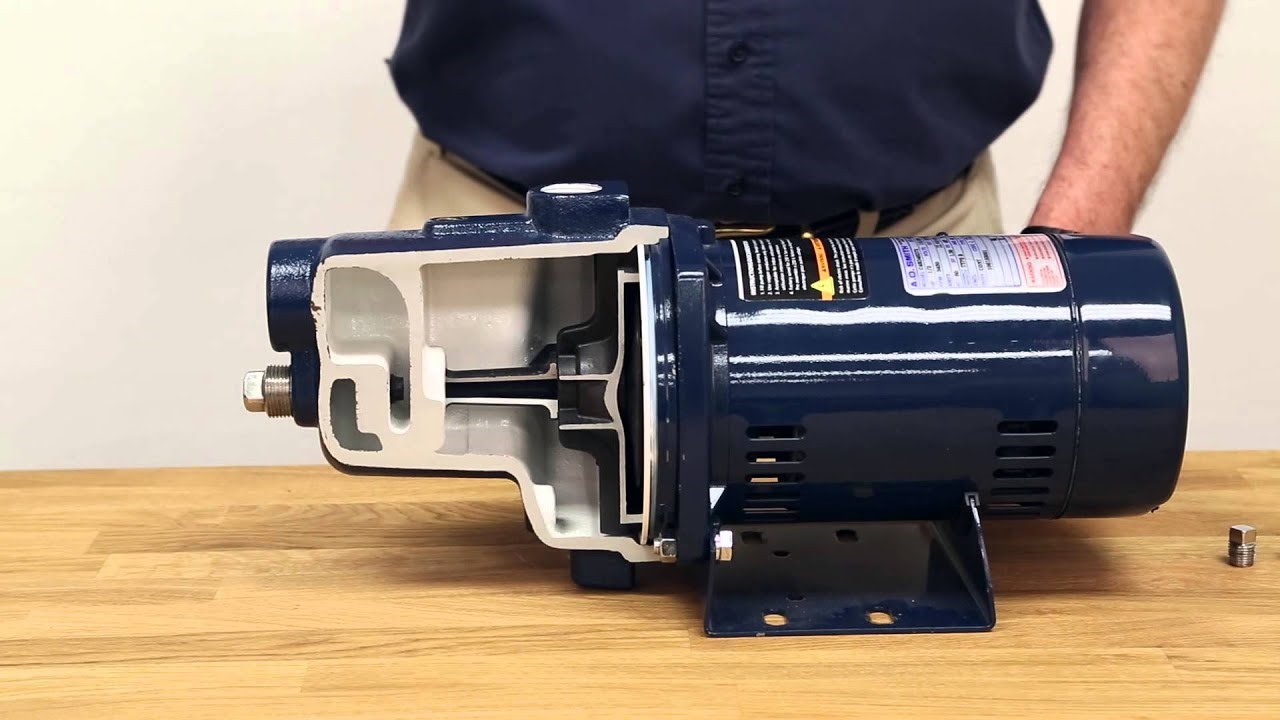
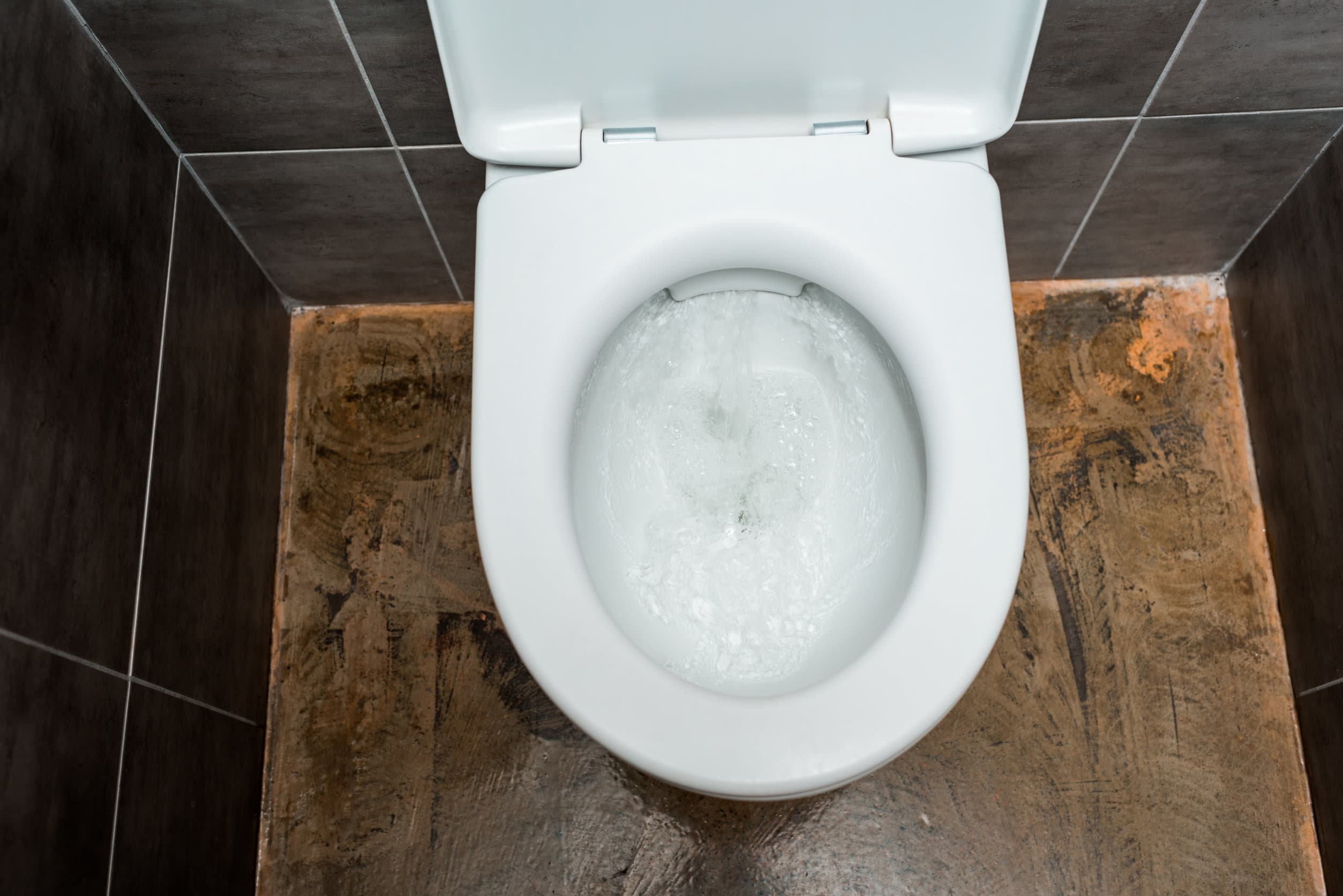
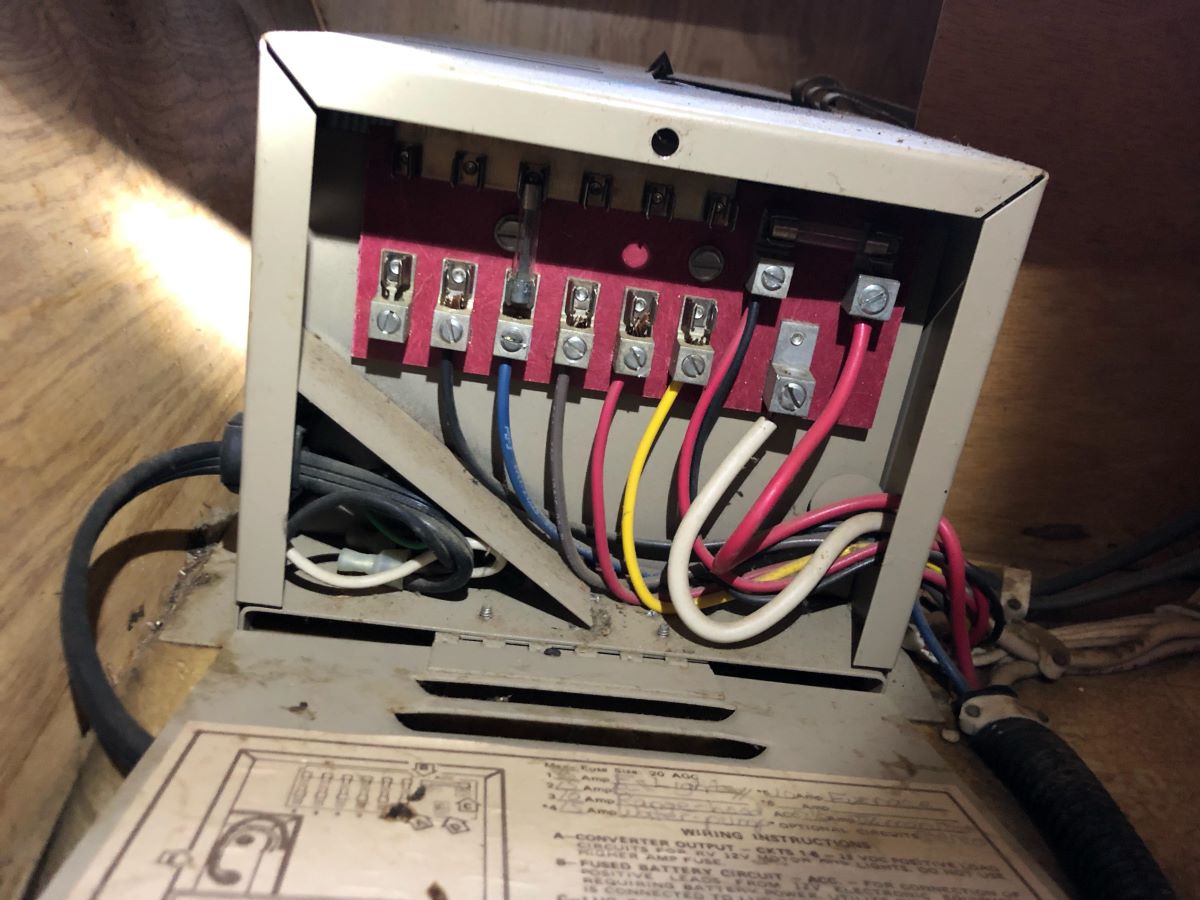
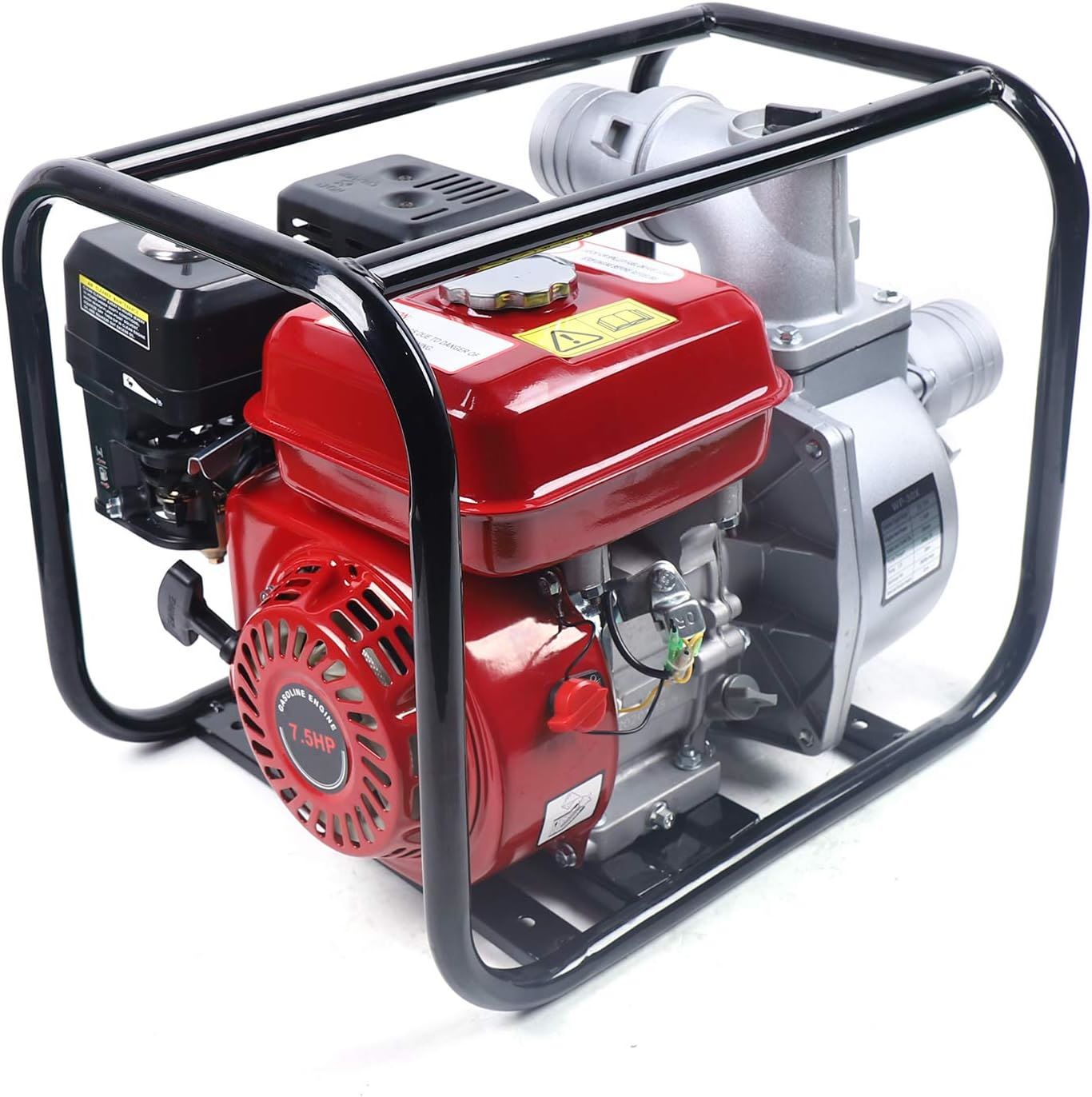
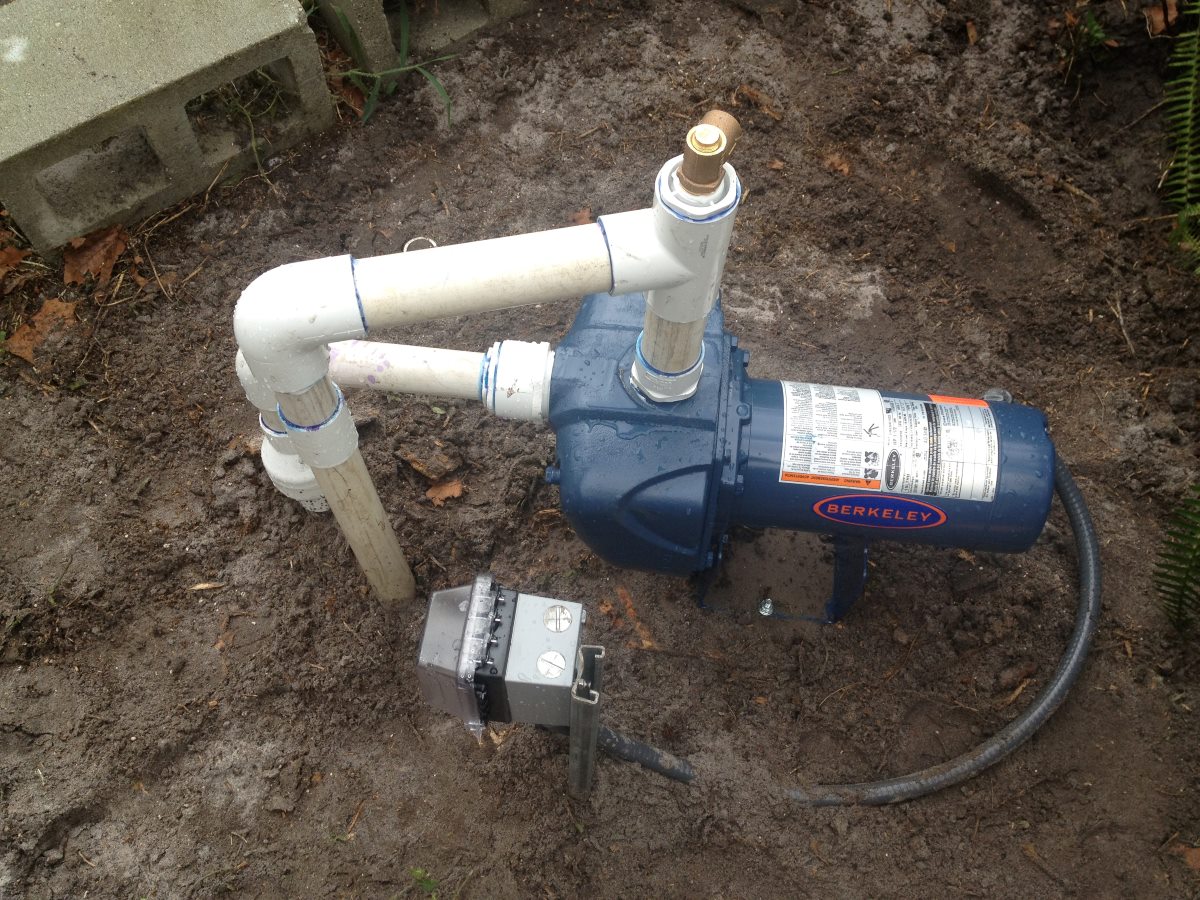
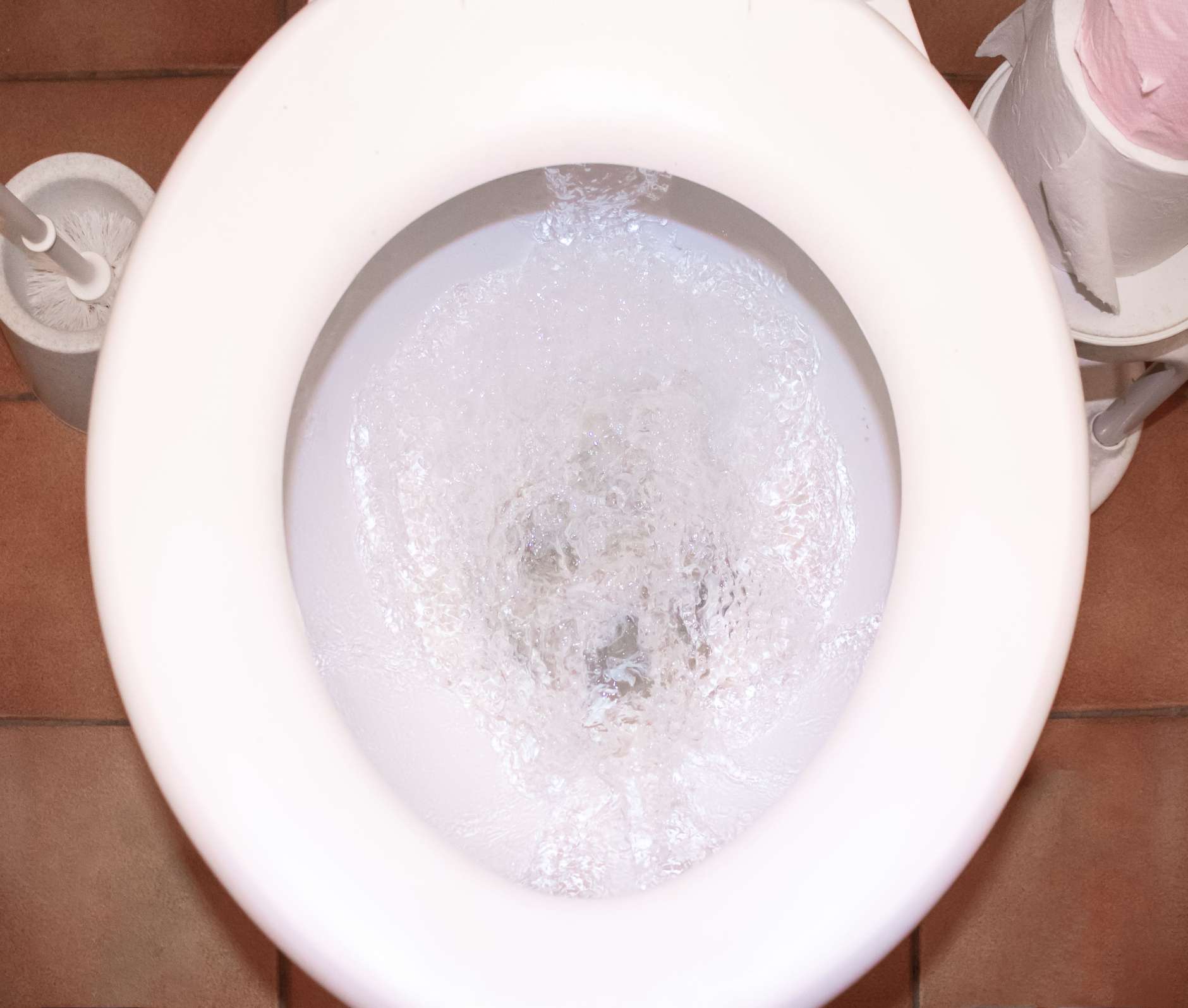
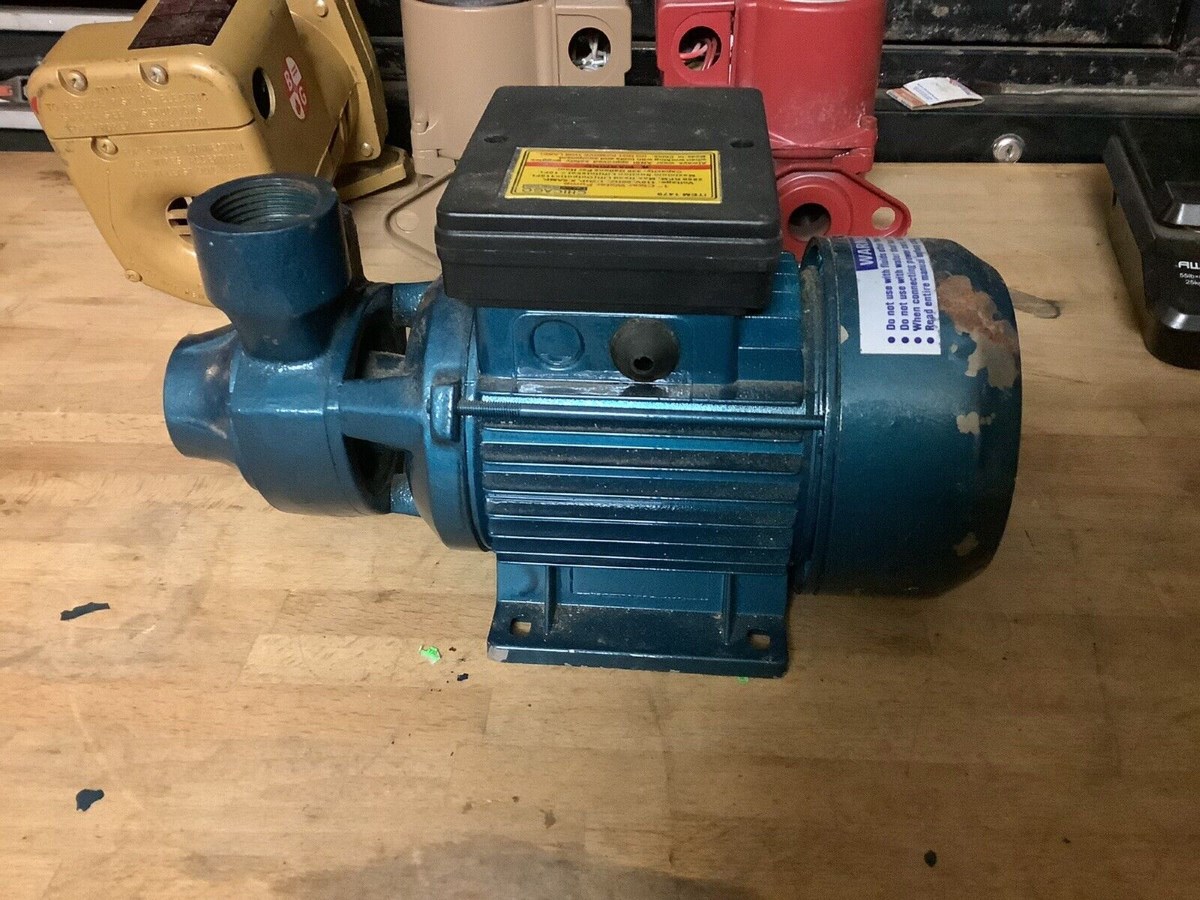
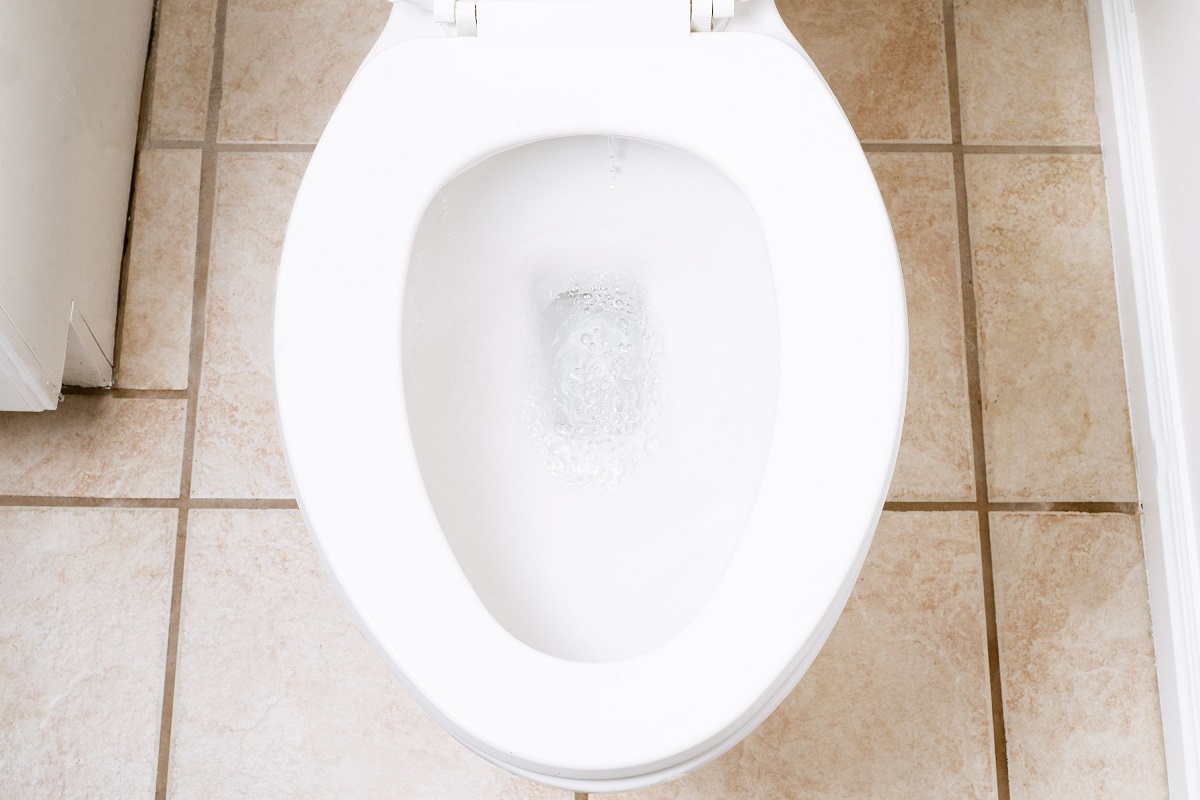
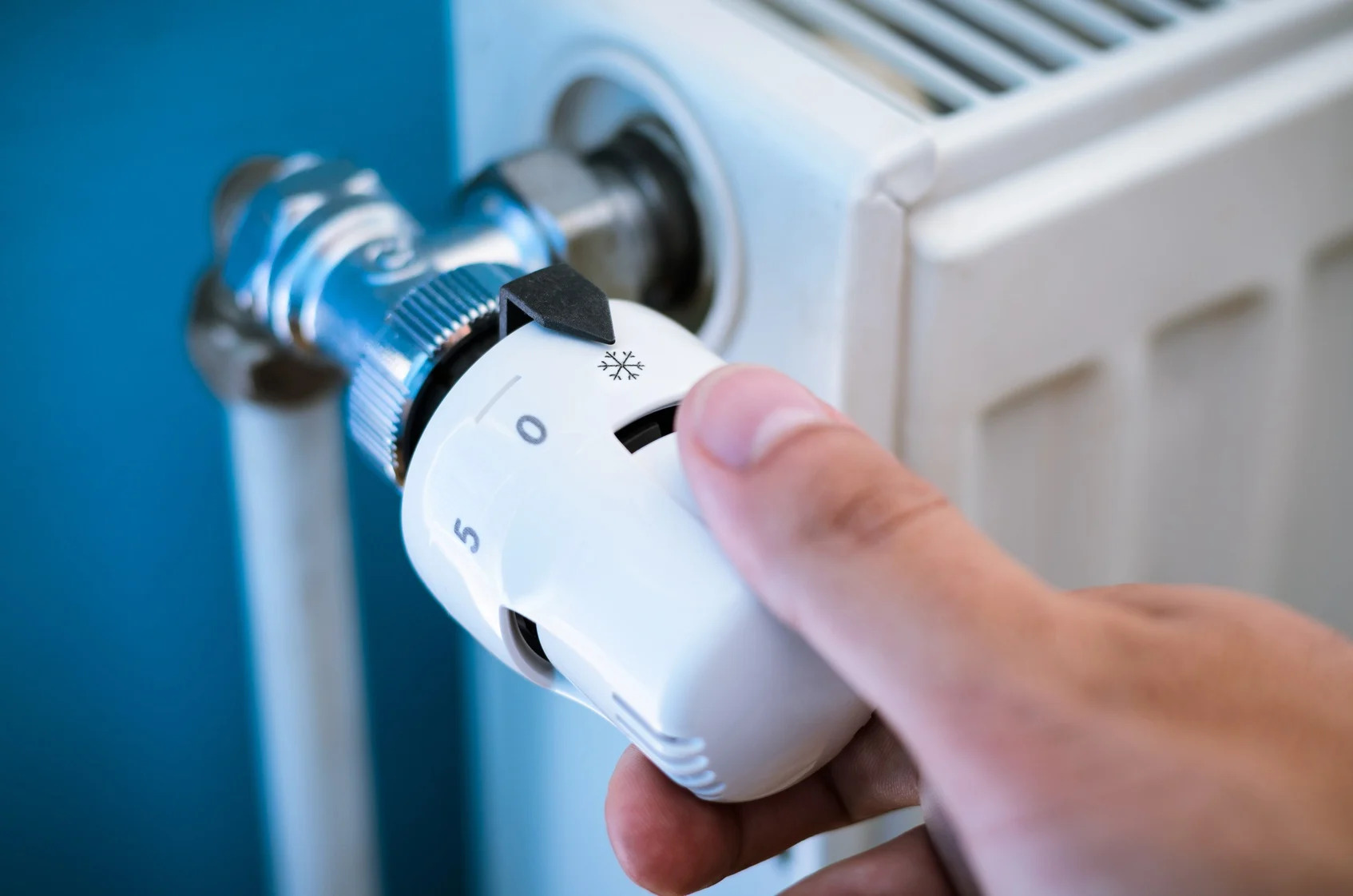
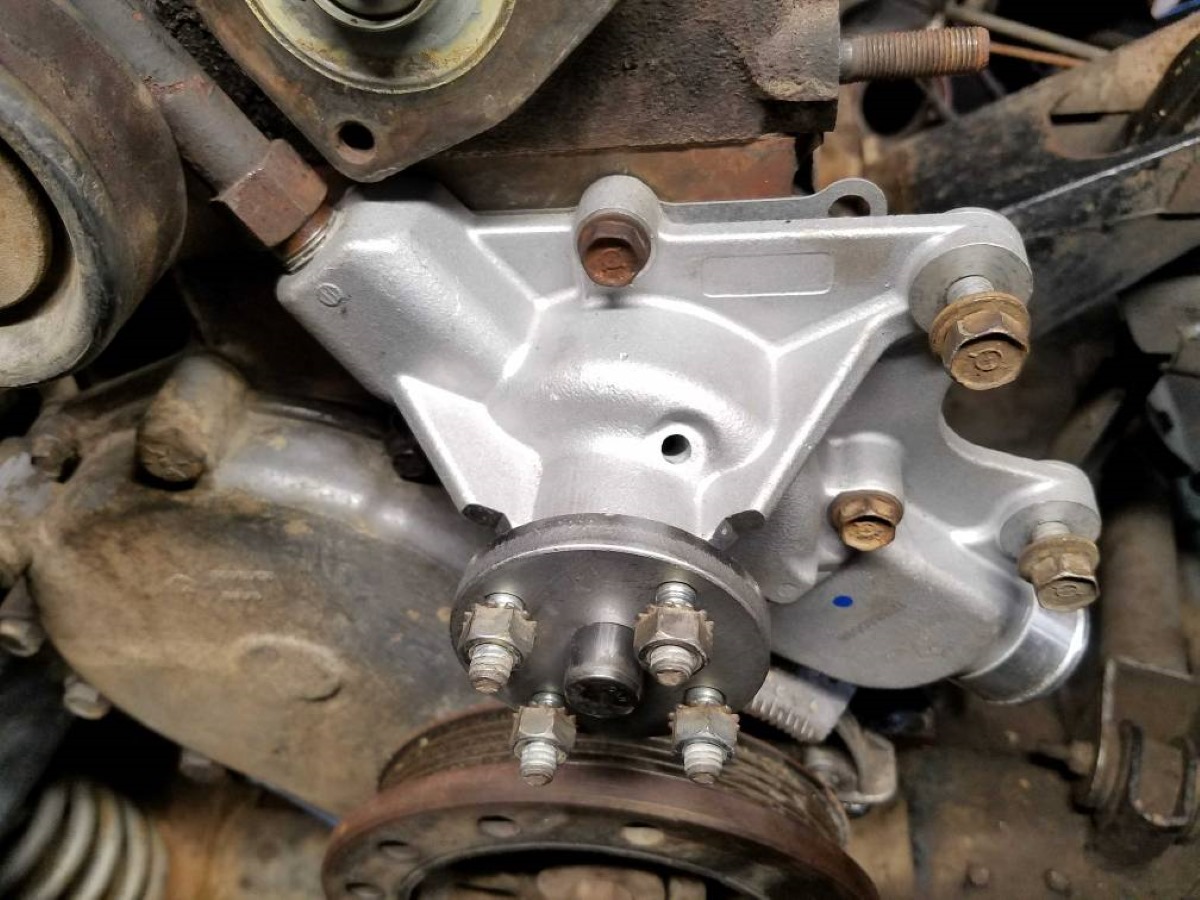
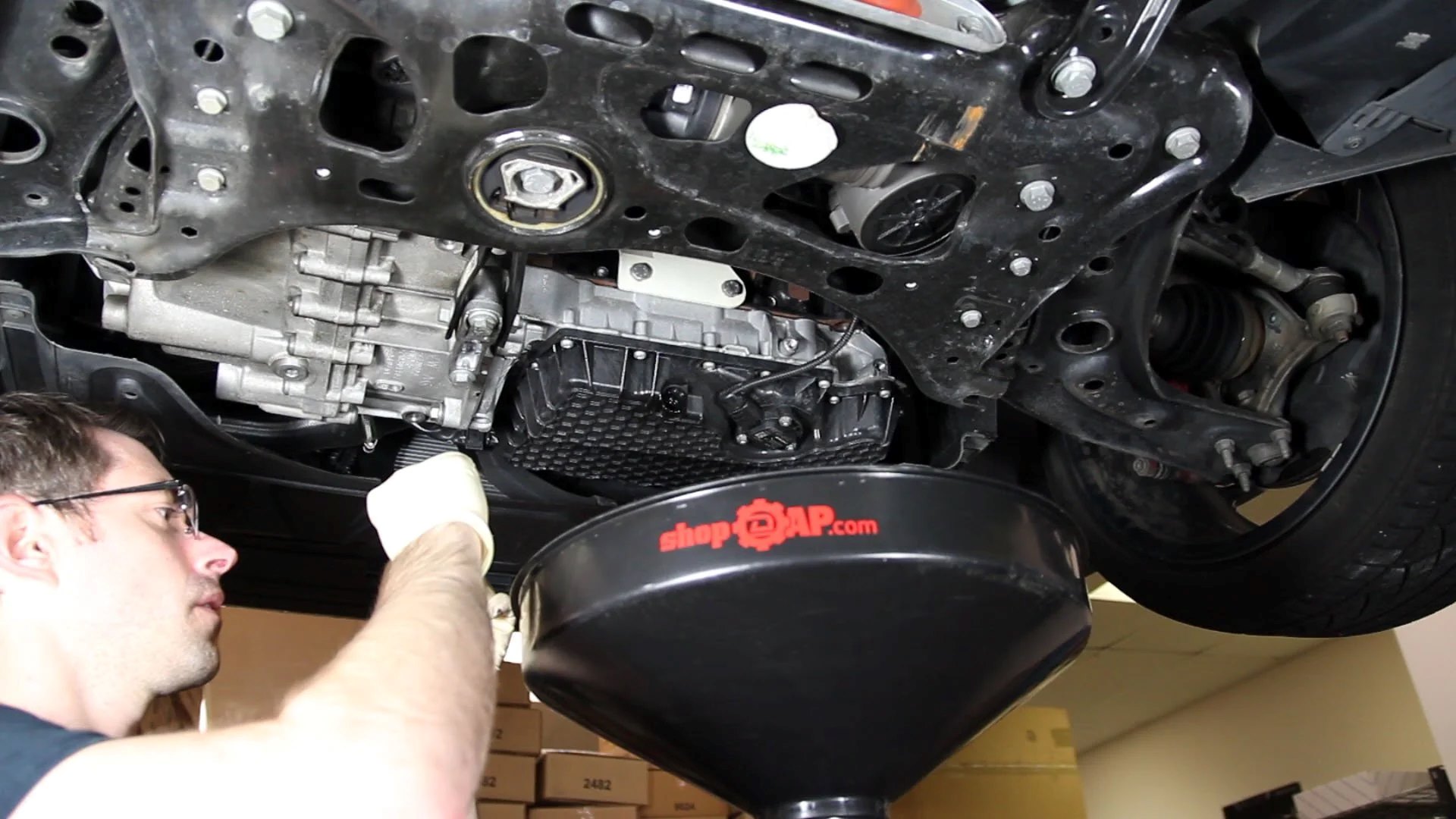
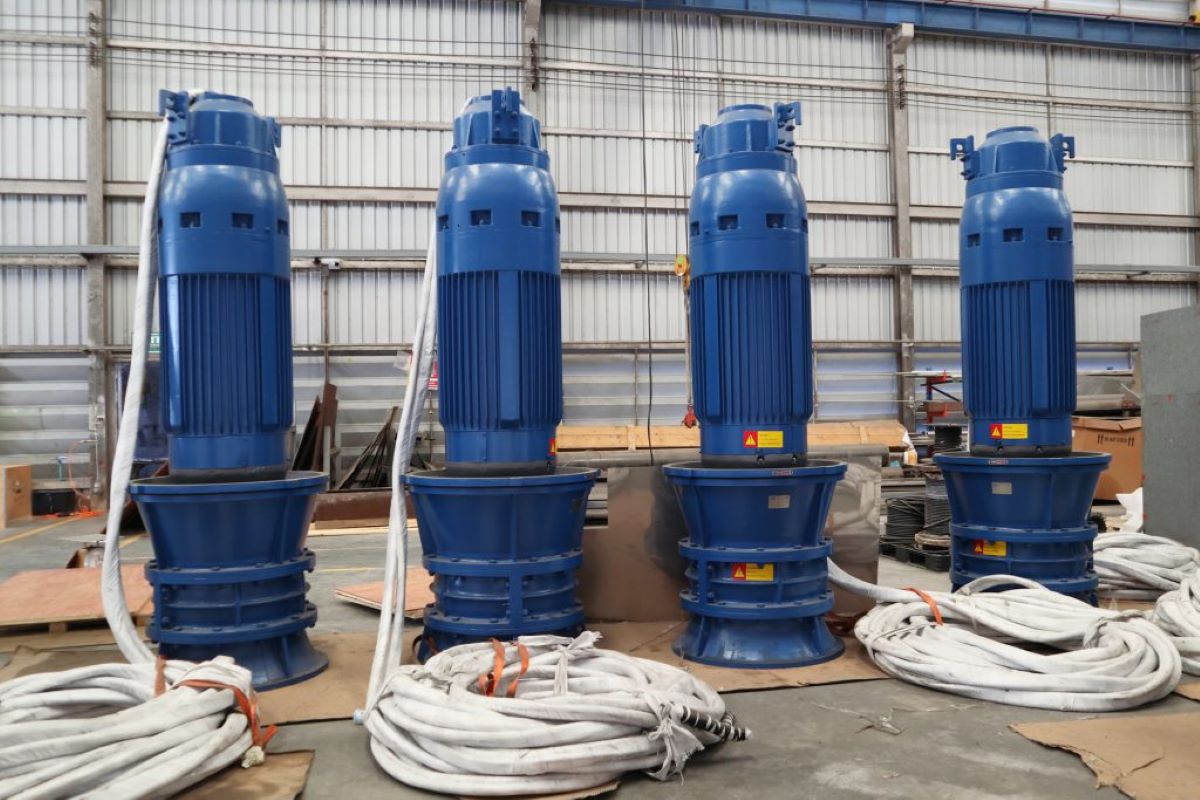
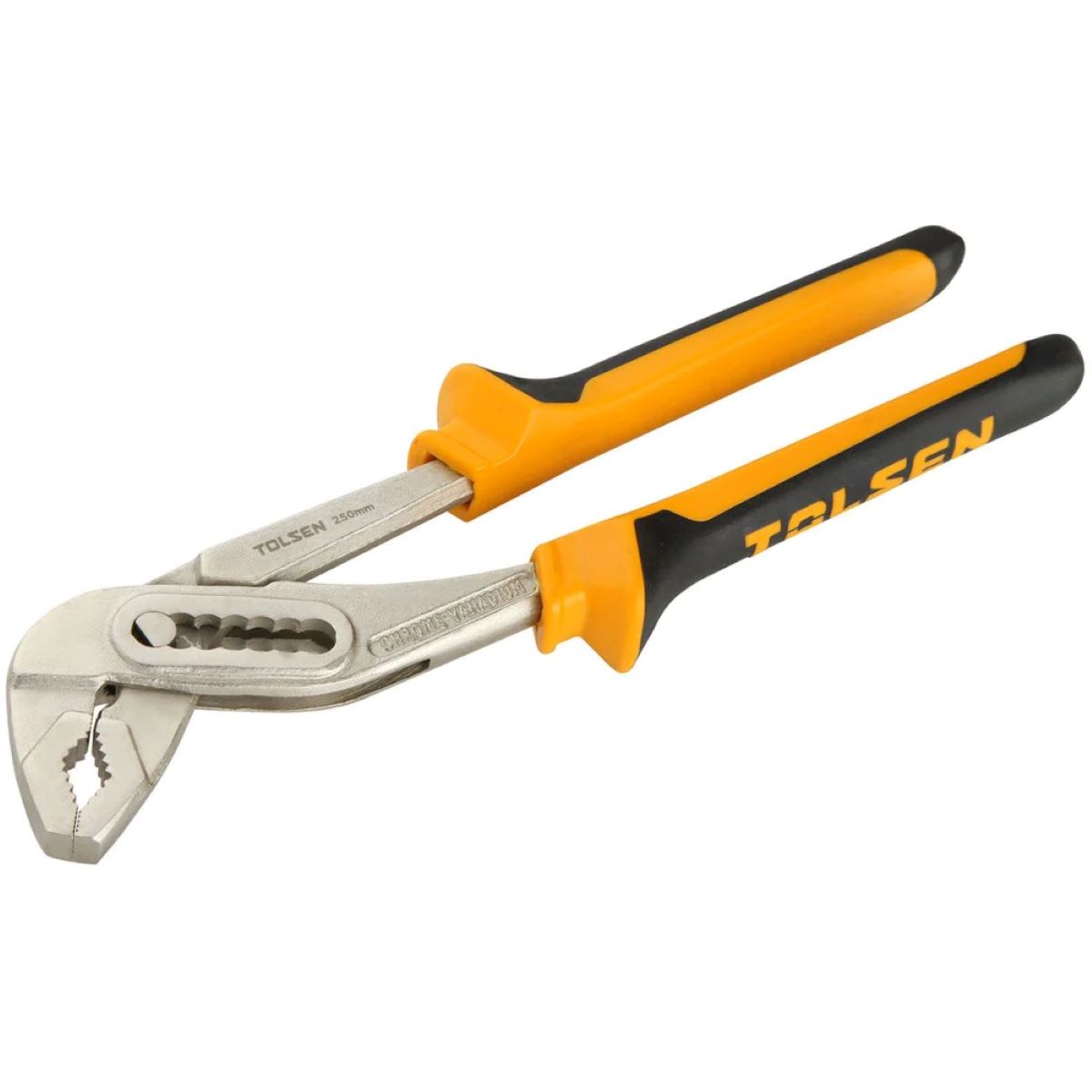

0 thoughts on “What Causes A Water Pump To Keep Running”